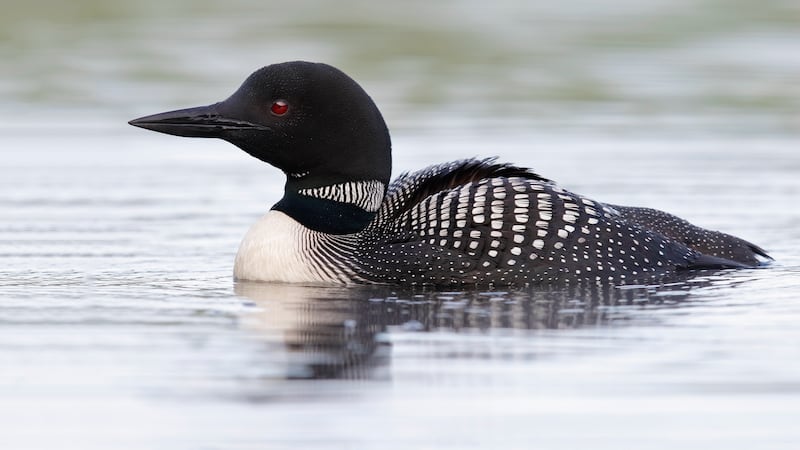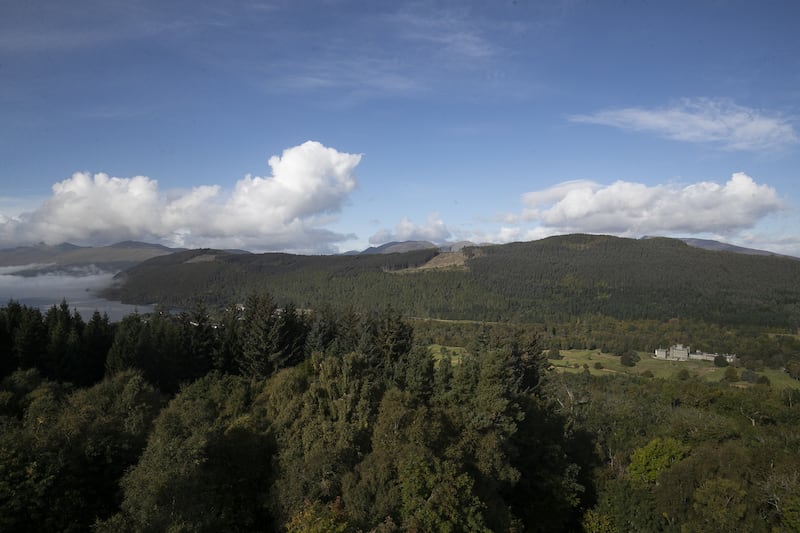I had the pleasure of walking the circuitous route of Co Sligo’s an Mullach mór recently, ‘the great hilltop’ with the dominating presence of Benbulben close by.
Journeying around the peninsula, looking out across the bay towards St John’s point and then west to the monastic island of Inishmurray, the Atlantic gently swelled and heaved, revealing its many charms.
Six brent geese bobbed around close to the shore, readying themselves for an imminent return to the high Arctic to breed. Having wintered here since October, this small dark goose with black chest, neck and head will have been feeding on eelgrass on our estuaries and coasts.
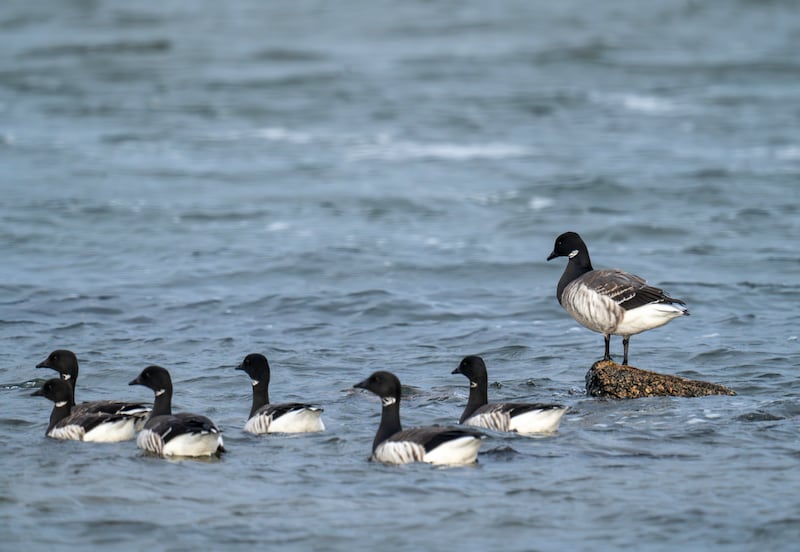
Many of these birds may have already begun the arduous migration back to their tundra breeding sites.
Further on beyond the village, great black-backed gulls and fulmars patrolled the rocky cliffs, but it was a small flock of divers on the water below, close to sloping rocks, which interested me most, as they stayed near to each other, occasionally diving for fish.
The great northern divers, like the brent, winter along our coasts until the breeding urge draws them back north and west to Iceland, Greenland and North America, where their wild, haunting calls are heard across lakes on summer evenings.
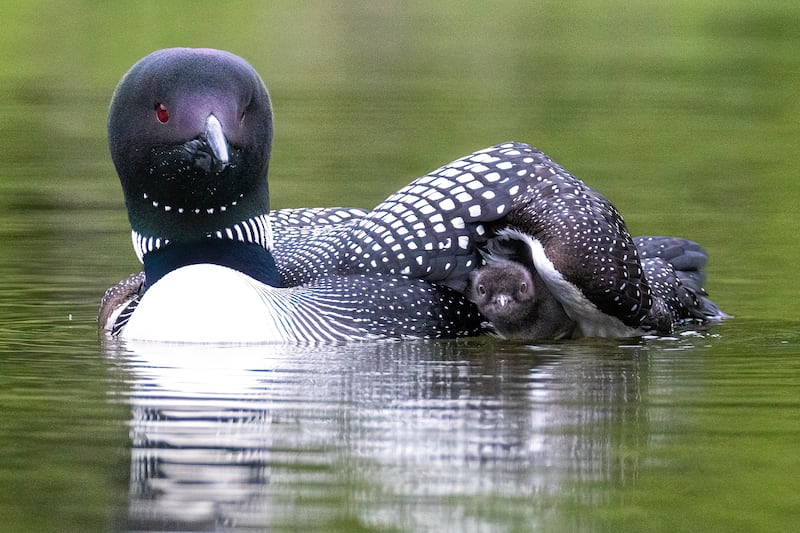
Read more:
Known as ‘loons’ in America, they are powerfully built birds with a large head and dagger-like bill. Their winter body plumage of overall mottled brown, black and white is transformed in summer when the upper body will display a dapper black and white chequered, spotted pattern.
This diver is one of three diver species visiting Ireland in winter, including the black-throated and the red-throated. With their feet located far back on the body these birds are excellent swimmers, propelling themselves on and below water with ease, but the trade-off is their poor walking ability as their heavy bodies fall forward.
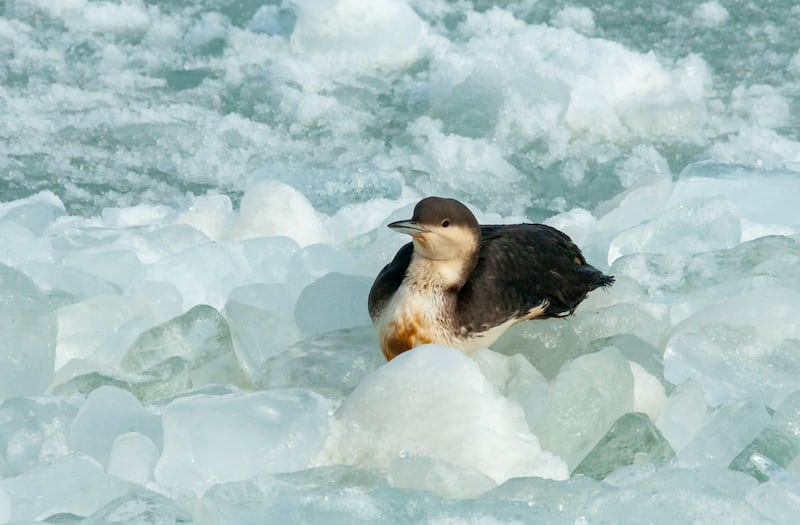
Although the precise origin of the word ‘loon’ is unknown, it seems the name is most likely linked to ungainly walking. Multiple sources suggest the word comes from either the Old English, ‘lumme’, or Old Norse, ‘lama’, both of which are close to ‘lame’, pointing to the birds’ clumsiness or awkwardness on land.
One of the great northern diver’s Irish names is Lóma mór, ‘big loon’. In its northern breeding territories, native people have local names for Gavia immer, often reflecting folklore and mythical tales associated with it.
In their paper, Great Northern Diver (Gavia immer) in Circumpolar Folk Ornithology 2005, Svanberg and Ægisson, Uppsala University, Sweden, include a folktale on how the loon came to look and walk as it does.
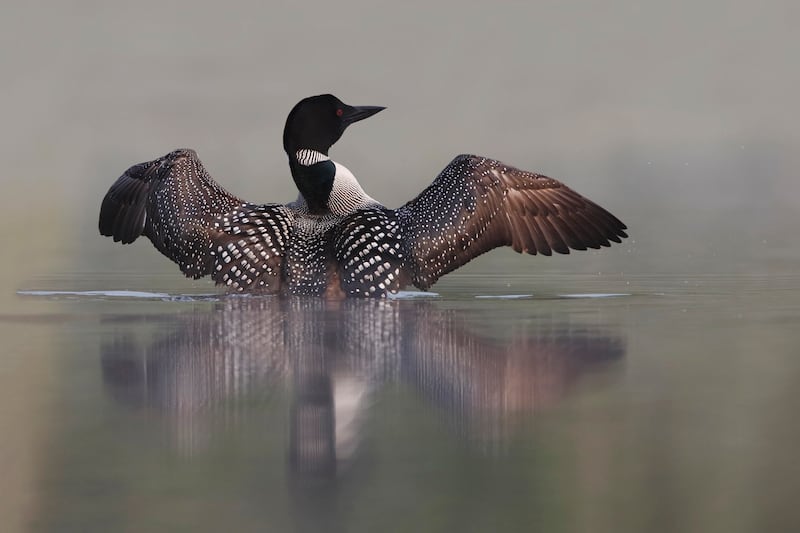
One of the oldest known Inuit versions of the story was documented by Henrik Christopher Glahn, a missionary priest, in 1768. The story tells how after a chance meeting, a raven and loon agreed to tattoo each other, which became quite difficult when the raven would not keep still.
The loon said, “If you don’t keep still, I will pour the soot I’m using all over you”.
Losing patience, the loon finally poured the soot all over the raven and hastily ran off. Displeased, “the raven picked up fire stones and threw them at the loon”, which struck the bird on the thighs causing it to sink down, leaving it almost unable to walk.
From that day, all ravens are black, and all loons are clumsy on their feet.
I hope after receiving safe harbour here in Ireland, these resilient birds of the north will safely return to their breeding grounds and the good care of the Inuit people of the high Arctic.
